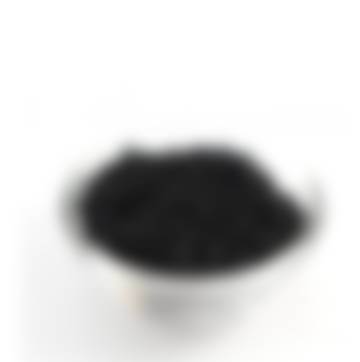Salt is essential in our diet, but in large quantities it is harmful.According to the method of production, sea, rock and evaporated salt are separated. Marine is extracted by natural crystallization in salt basins, and stone by salt ore processing.Evaporated salt is obtained by industrial evaporation of brine obtained from various sources, sea water, by dissolving underground deposits or salt ore. In the factory, the brine is mechanically cleaned of impurities and chemical impurities are removed. This forms a refined salt, which is then heated in so-called vacuum evaporators to evaporate excess water and form crystals.It is also important how the salt is ground. We know ground, ground and finely ground salt.
The difference between refined, known table salt and unrefined natural salt is almost as big as the difference between white sugar and freshly cut sugar cane. However, these differences can have a major impact on our health, where we naturally avoid toxic additives and, consequently, diseases that can threaten us.A typical modern table salt can be compared to refined sugar and refined flour - once all three were healthy, but now the food industry system has turned it into a pure nightmare.Refined salt - table salt is actually robbed of all natural minerals and now contains synthetic iodine, fluoride and thickeners. What is left of the natural and wholesome is now produced through the hands of heavy industry, which, however, leads nowhere but to potential health problems.
The healthiest is unrefined salt, as it contains many minerals that are important for our health.Healthy salts also include black and Himalayan salt.
UNREFINED SALT

It is healthy because it contains iodine and many other minerals that are essential for the functioning of our body and immune system, it contains organic iodine, from which our thyroid gland produces the necessary hormones for proper functioning, salt regulates heart rate and sugar fluctuations in blood is essential for the functioning of all body cells and the production of energy.
HIMALAYAN SALT

Himalayan salt was formed long ago when the proto-ocean dried up. Today, it is mined in mines in Pakistan along the Himalayas. Pink Himalayan salt has many benefits and healing effects. Its pink color is its natural color and proof that it contains more than 80 different minerals, mostly iron, which also colors salt.
The healing effects of Himalayan salt:
-improves lung and respiratory function;
-restores PH balance in cells;
-electrolyte balance;
-slows down aging;
-relieves muscle cramps;
-regulates the water content in the cells;
-strengthens bones;
-lower blood pressure;
-improves blood circulation;
-helps absorb nutrients into the body;
detoxifies.
BLACK SALT

Black salt or "kala namak" is a combination of sodium chloride (table salt) and sulfur compounds (iron sulfide, hydrogen sulfide…). It is dug in the Himalayan foothills. Its characteristic is that it contains a lot of sulfur and is a very popular spice in India and Pakistan, which is increasingly used in our country as well. Black salt crystals range from pinkish gray to dark gray to black shades, with a hint of purple (depending on the amount of iron the salt contains).It has all the benefits of the usual pink Himalayan salt, and the presence of sulfur gives it extra healing power. Black salt is an indispensable addition to some Ayurvedic herbal mixtures (for the treatment of intestinal diseases and acidity), helps against wind and flatulence, it is also effective in the fight against fungi and some intestinal parasites. The smell of Kala The soaking of salt is quite intense, so the small amount we add to an already certain dish is enough to ennoble its taste.
If we want a beautiful and healthy age, then we prefer to avoid refined table salt. Of course, we should not overdo it. A healthy amount is healthy for the body; but if it is too much, it also hurts.
Up to 5 grams of natural, unprocessed salt per day is recommended.
Thank you for reading my post!
I wish you Happy Friday!



Really very nice article... Plz subscribe me